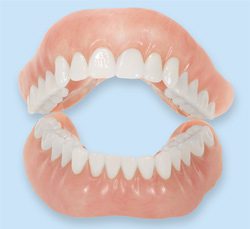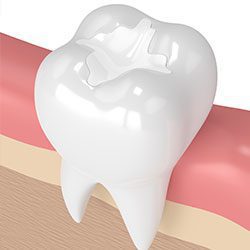Restorative Dentistry in Seattle, WA

During your first dental examination with x-rays, you will be given the opportunity to discuss your dental health and goals. What is important to you, is priority for us. You will be presented with options to meet your dental goals. We offer many different services. But, you will be invited to join the decision-making process of what dental treatment will work best for you. In partnership with YOUR dentist, you will have a healthy smile and know you were a part of the process. Leaving the dental office feeling confident and informed of your dental plan is our goal.




